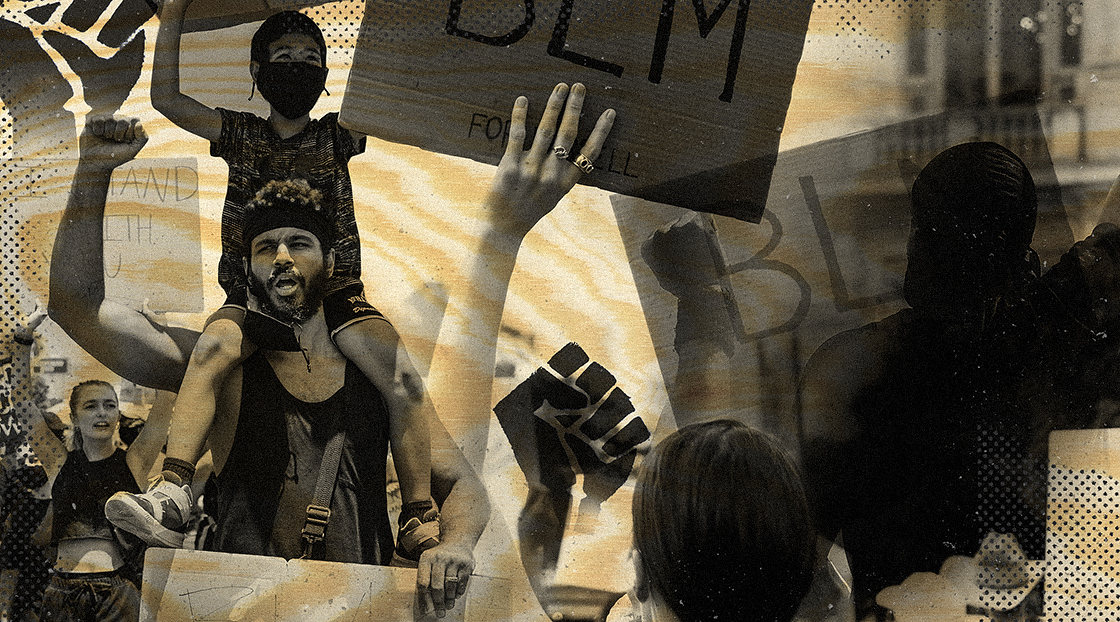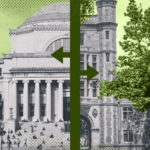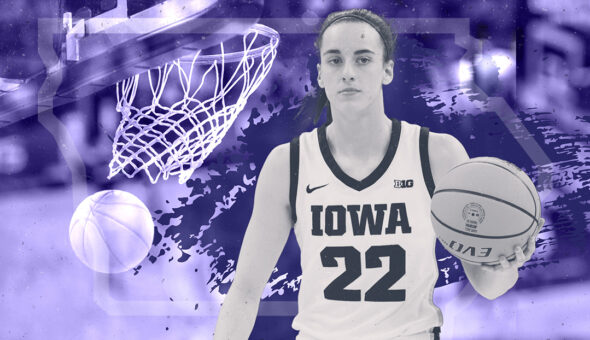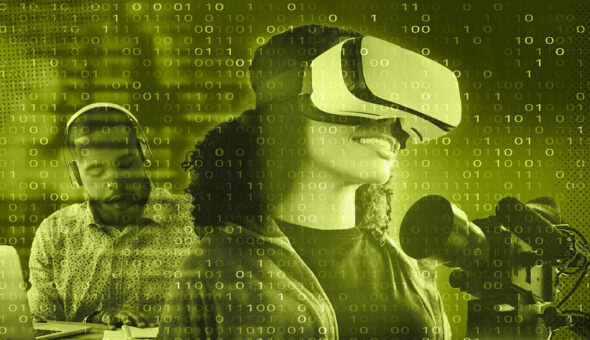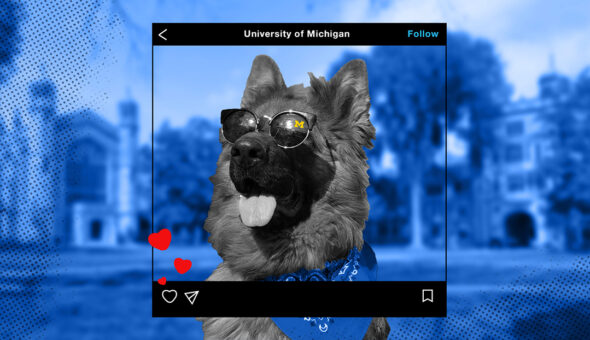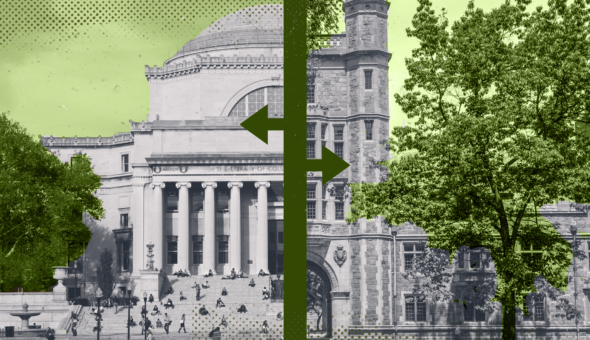The first wave of the Black Lives Matter movement didn’t dissolve, but it also didn’t spark widespread change in the way that it seems it is now. This time may be different, as studies show a majority of Americans support #BLM – though recent polls suggest that support may be declining.
Many of the problems we are seeing now are inherently linked to a lack of understanding… as institutions of higher ed, we are uniquely positioned to combat that.
So, what, specifically, can colleges and universities do to create meaningful change to carve away at systemic racial injustice? I have five ideas for how we can look to #BLM as a foundation for positive change, and to use social media, websites, curricula. and communications at our colleges and universities to enact – and not just voice – support for Black communities, Black people, and our Black students and colleagues to advance and promote education, understanding, and equality.
Publicly Demonstrate Support
Words do matter. Make sure your Black students and colleagues know that they matter and that they have your support by acknowledging their concerns and struggles. Many institutions, like SUNY Oswego, have put up signs or banners on campus to show support; once students eventually return to campus, these will be visual reminders of an institution’s pledge to support equality. Meanwhile, the presidents or senior equity and diversity officers from many colleges and universities have sent out authentic, heartfelt letters also declaring their support to their internal audiences, and especially to students, confirming the institution’s support, discussing the situation in our country, and providing available resources. These types of communications are starting points to dialogues that must continue.
Educate the Whole College Community
Many of the problems we are seeing now are inherently linked to a lack of understanding and knowledge about the history and experiences of the Black community; as institutions of higher ed, we are uniquely positioned to combat that.
One way that we can do this is to promote courses that provide in-depth education and understanding about the African American experience. You most likely already have a number of relevant courses in these areas that you can promote through social media and your website, or even a full marketing campaign. Perhaps even suggest that academic departments and advisors consider requiring first-year students to take these types of courses, or reconstruct relevant curriculums to include multicultural perspectives. If possible, open up registration for these courses to staff and members of the community.
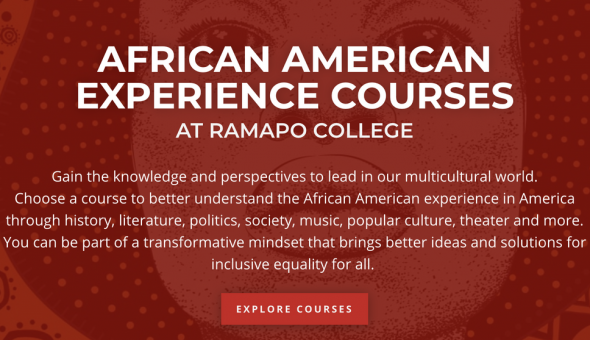
At my institution, Ramapo College of New Jersey, we are currently running a marketing campaign including social media and a website to promote courses about the African American Experience in America through history, literature, popular culture, music, theater, art, and more.
While not everyone can take a class, everyone can find time to read a book. Colleges and universities can enact book reading programs similar to NYU Reads, which this academic year focused on Bryan Stevenson’s “Just Mercy: A Story of Justice and Redemption,” a powerful true story that deals with issues of racism and injustice.
Build a Better Workplace
Learning is a lifelong endeavor and education is empowerment. Faculty and staff, and even college presidents, can learn more. The president of my institution has pledged to take an Africana Studies class to further educate himself in this area.
Many colleges and universities have organized forums for employees to discuss these issues and learn from each other. These can be coordinated by your equity and diversity office internally and/or expert speakers can be invited onto panels.
There are many virtual conferences, forums, and speakers available online to view and share. Trevor Noah was this year’s keynote speaker at the Higher Ed Summit 2020 virtual conference. His insight and message of “Equality begins with education” are important and so relevant. I encourage you to seek out other virtual conferences that may cover some of these relevant topics so you can learn more. For example, NASPA recently hosted a free webinar on “Leading by Example: Cultivating an Anti-Racist and Inclusive Work Culture,” with NYU’s associate vice president for global engagement and inclusive leadership, Monroe France, which explored “inclusive leadership practices essential to cultivating an inclusive workplace culture and strategies for having brave conversations on race and racism.”
Share your perspective, information, and helpful articles with colleagues. It is so important right now for there to be an open dialogue. A network connection of mine, Siji Onabanjo, shared an article on LinkedIn that I found very helpful because he outlined what his colleagues can do to support him and others. In some cases, people want to help but they just don’t know how. Onabanjo recommends checking-in with your Black colleagues, educating yourself, and calling out discrimination. Educating your colleagues in a positive and clear way and asking for specific types of help can go a long way to building and reinforcing support.
Highlight Successes
Build equity and diversity into your regular communications and marketing strategies so that you are always promoting all your students from many different backgrounds and their accomplishments in a balanced and genuine way throughout the year.
Promote a multitude of student experiences and perspectives on your social media and website. If your school doesn’t already do student takeovers of its social media accounts, consider starting those – and make it a point to include students of color in a manner that authentically portrays your school’s culture – to get a diverse set of day-in-the-life perspectives.
Highlight faculty, courses, and special projects that present diverse perspectives and support inclusion. Highlight student groups, organizations, and initiatives that bring together diverse student groups as well as promote pride and awareness of specific student groups with cultural affiliations and missions.
Try to Find the Truth in All Commentary – Even the Negative
Perhaps one of the hardest parts of working in social media and communications is seeing all the negative, hateful, and misinformed comments. This can be very disheartening. But there is also something to be said for listening more than usual right now and being open to constructive criticism, especially when that criticism asks us, as institutions and people, to go further with our commitments and actions. The power of social media is that everyone has a voice. That means the positive voices also come through, and the previously unheard voices are now able to be heard – and to be heard loud and clear.
George Floyd’s death – and the senseless deaths and mistreatment of so many others – are not directly tied to higher education. But colleges and universities are mired in the same issues of privilege, access, awareness and opportunity that create the conditions in which those deaths occur. If true change is going to take place, higher education has to be a part of the solution.
